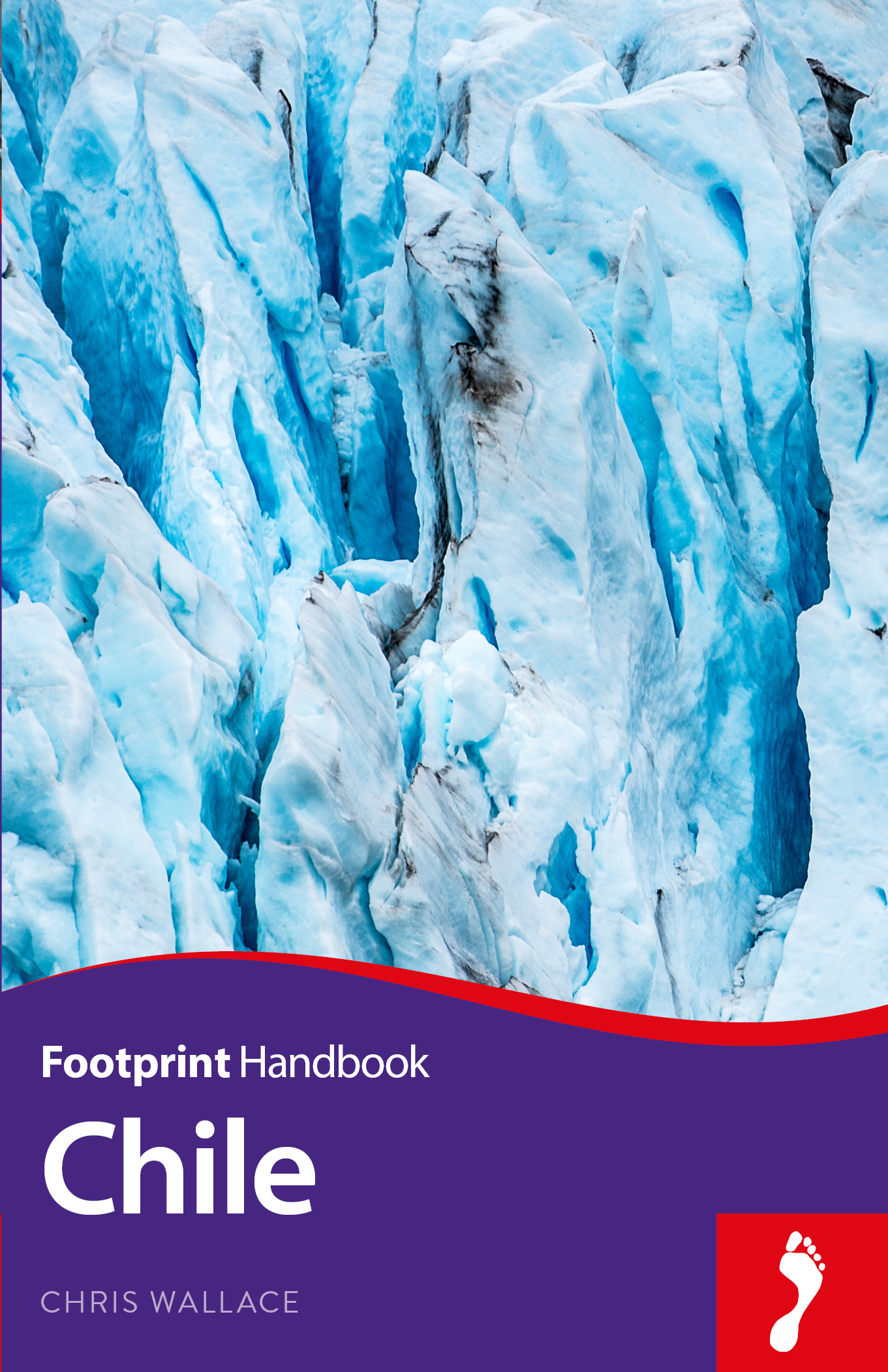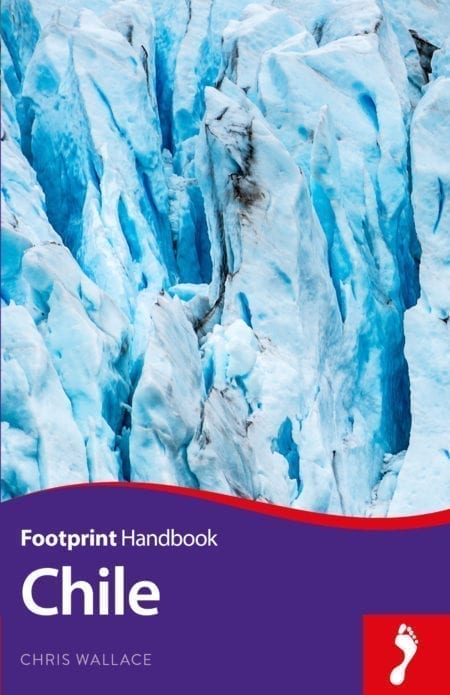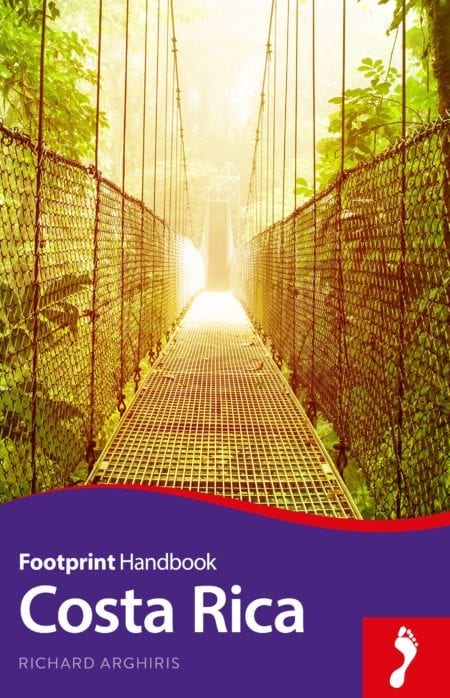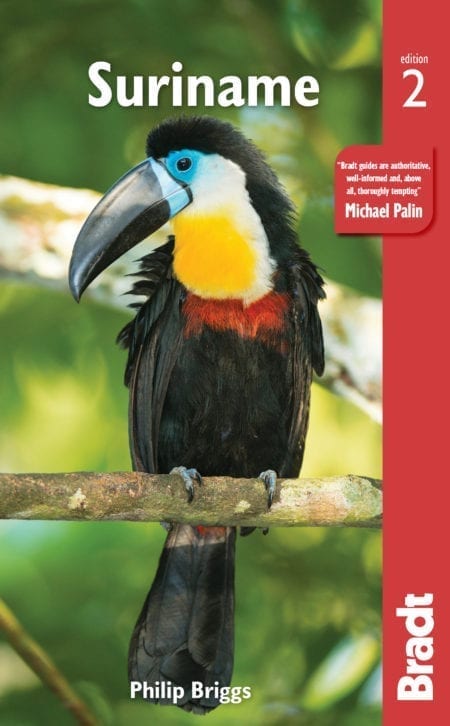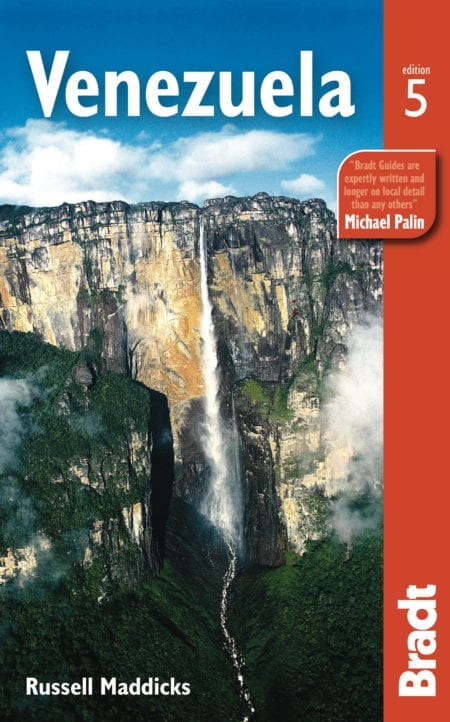About this book
A place of extremes and contradictions, Chile is home to a bewilderingly diverse geography and climate. Footprint’s Chile Handbook will guide you from the endless and eerie Atacama Desert in the north to the creaking, fractured glacial ice of the south, with beaches, rainforest and vineyards to explore in between.
* Great coverage of the top activities and sights in the region, including Easter Island, Chiloe, the wine routes, skiing, geysers and salt flats
* Loaded with information and suggestions on how to get off the beaten track, from hiking volcanoes to whitewater rafting
* Includes comprehensive information on everything from transport and practicalities to history, culture & landscape
* Plus all the usual accommodation, eating and drinking listings for every budget
* Full-colour planning section to inspire you and help you find the best experiences
From Patagonian penguins to the buzz of vertiginous Valparaiso, Footprint’s fully updated 8th edition will help you navigate this adventurous destination.
About the Author
Chris Wallace has been travelling through, and writing about, Central and South America since 2004. He has lived in Colombia, Argentina, Chile, Brazil and Peru. He has spent long weekends at family fincas in Antioquia, travelled along both ends of the Amazon river, failed at tango classes in Buenos Aires, and made frequent escapes to Valparaiso to receive the palliative benefits of coastal air and electric pink sunsets. He has tailored travel and tourism content for entrepreneurs and publishers alike, having covered events as grand and life affirming as Barranquilla’s Carnival festival on some days while dealing with tragic history by writing about Argentina’s Dirty War on others. More than 10 years in, he feels he’s barely scratched the surface of what this continent has to offer. Having said that, his primary goal is to see more monkeys.
Additional Information
Table of Contents1) Planning your trip
2) Santiago Region
3) Valparaiso and Vina del Mar
4) From Santiago to La Serena
5) Into the Atacama
6) Antofagasta, Calama and San Pedro de Atacama
7) Iquique, Arica and the Altiplano National Parks
8) Central Valley
9) Lake District
10) Chiloe
11) Carretera Austral
12) Far South
13) Tierra del Fuego
14) Chilean Pacific Islands (Islas Juan Fernandez; Rapa Nui [Easter Island])
15) Background
16) Footnotes
17) Colour maps
